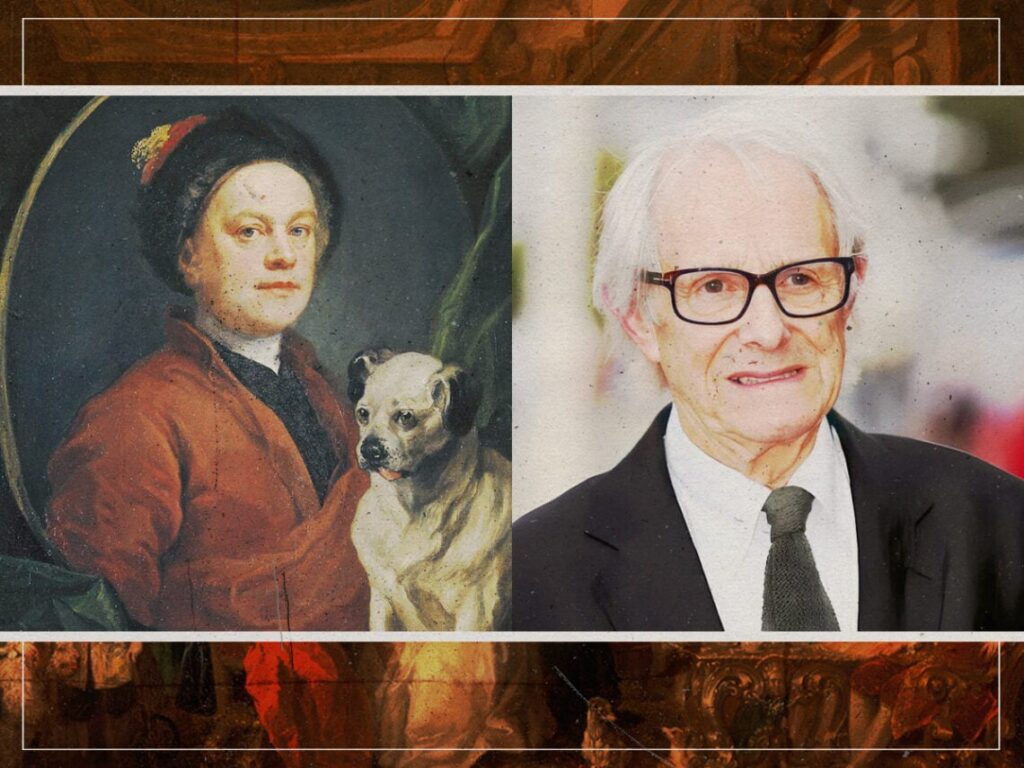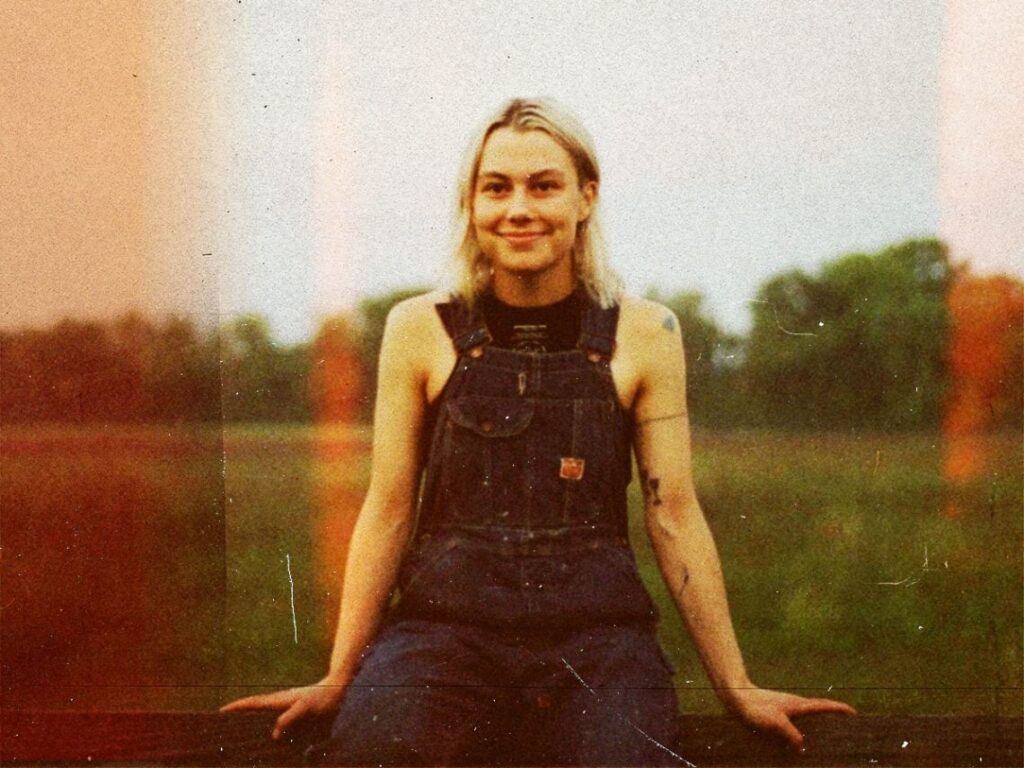Orava Castle: The real-life gothic location where ‘Nosferatu’ was filmed
 Posted On
Posted On
(Credits: Far Out / Film Arts Guild / Lynx1211)
Everyone knows that Count Dracula lived in a castle deep among the Transylvanian mountains, but because it technically wasn’t an adaptation of Bram Stoker’s Dracula for the sake of avoiding copyright infringement claims, F.W. Murnau’s seminal Nosferatu didn’t feel the need to travel to Romania to find its ominous backdrop.
Even though the names of the characters and a myriad of details were changed to further distance itself from the most iconic piece of vampire fiction that’s ever existed, Nosferatu still encountered the wrath of the Stoker estate, who sued over the film muscling in on Dracula without giving due credit in a legal ruling that ordered every single copy of the movie to be hunted down and destroyed.
Fortunately, a handful of prints survived, which is just as well considering Murnau’s masterpiece has gone on to become regarded as not just the progenitor of horror cinema as everybody knows and loves it to this very day but one of the most important and influential works ever committed to celluloid.
As would be expected of a German feature set in Germany with Germanic characters, Nosferatu was filmed all over the country to add an extra layer of local authenticity. Set in the fictional town of Wisborg, Murnau captured footage in the cities of Wismar, Lübeck, Rostock, Munich, and the town of Lauenberg. However, there were no castles in Germany that possessed the qualities the director was looking for, so he dispatched his minions to Slovakia instead.
Orava Castle peers out onto the river bearing its name, with the first historical record of its existence dating all the way back to 1267. For the next 500 years, various additions and removals would be made to its exterior to give it the signature look so closely associated with Nosferatu’s foreboding exterior shots, with the building having been in use as a museum since the late 19th century.
Any self-respecting cinephile will instantly recognise Orava Castle without having the faintest clue of where it actually is, thanks entirely to Murnau’s majestic motion picture, although it would take an obsessive fan of Nosferatu to know off-hand that it looms over the sparsely-populated village of Oravský Podzámok, which has less than 1,500 inhabitants.
Bringing things full circle, though, the Dracula adaptation co-produced by Netflix and the BBC that starred Claes Bang as the legendary bloodsucker returned to Castle Orava to use it as the home base for its own spin on the well-worn tale, something that reeks of a deliberate, intentional, and typically self-reflexive move by co-creators and Sherlock stewards Mark Gatiss and Steven Moffat.
Not that anybody remembers or even cares all that much, but remember Sean Connery’s 1996 fantasy Dragonheart? Believe it or not, it got four sequels, and the first – 2000’s A New Beginning – also used the castle as one of its major filming locations. For fictional inspiration, the fortress of Kaer Morhen from The Witcher video games and subsequent Netflix adaptation also took its cues from Count Orlok’s base of operations, but it goes without saying none of them have left a cultural footprint even remotely comparable to Nosferatu.
[embedded content]


